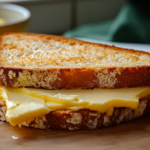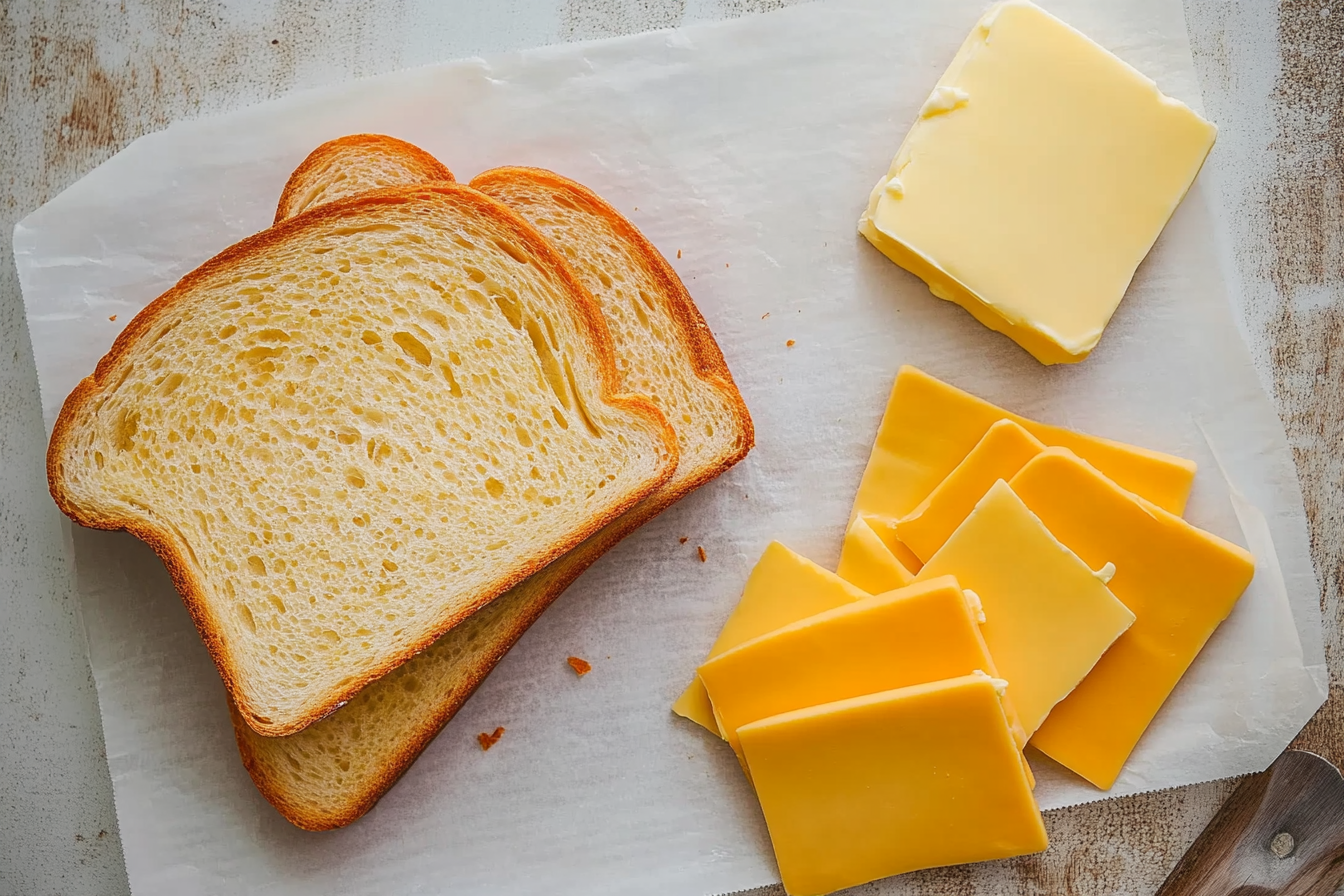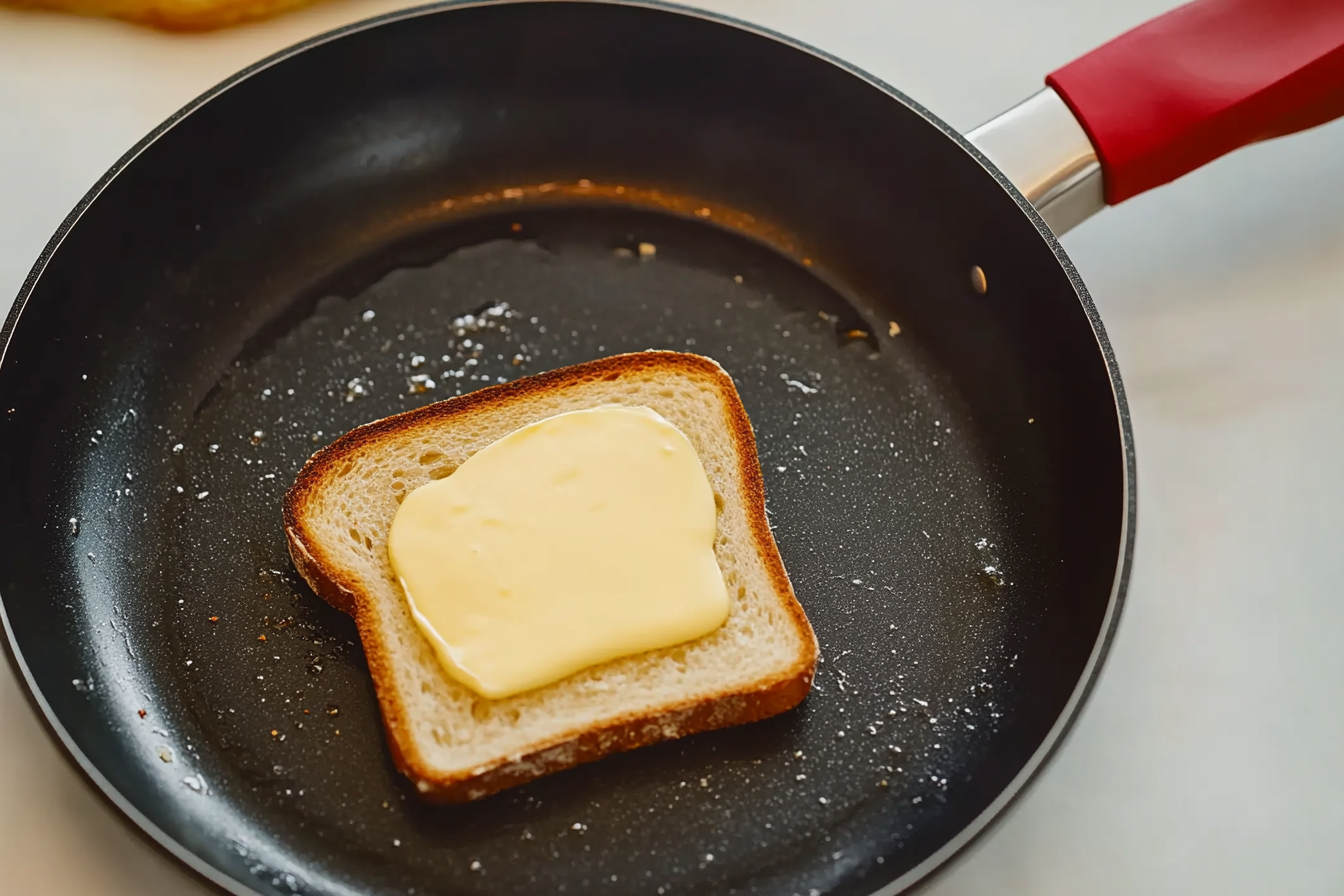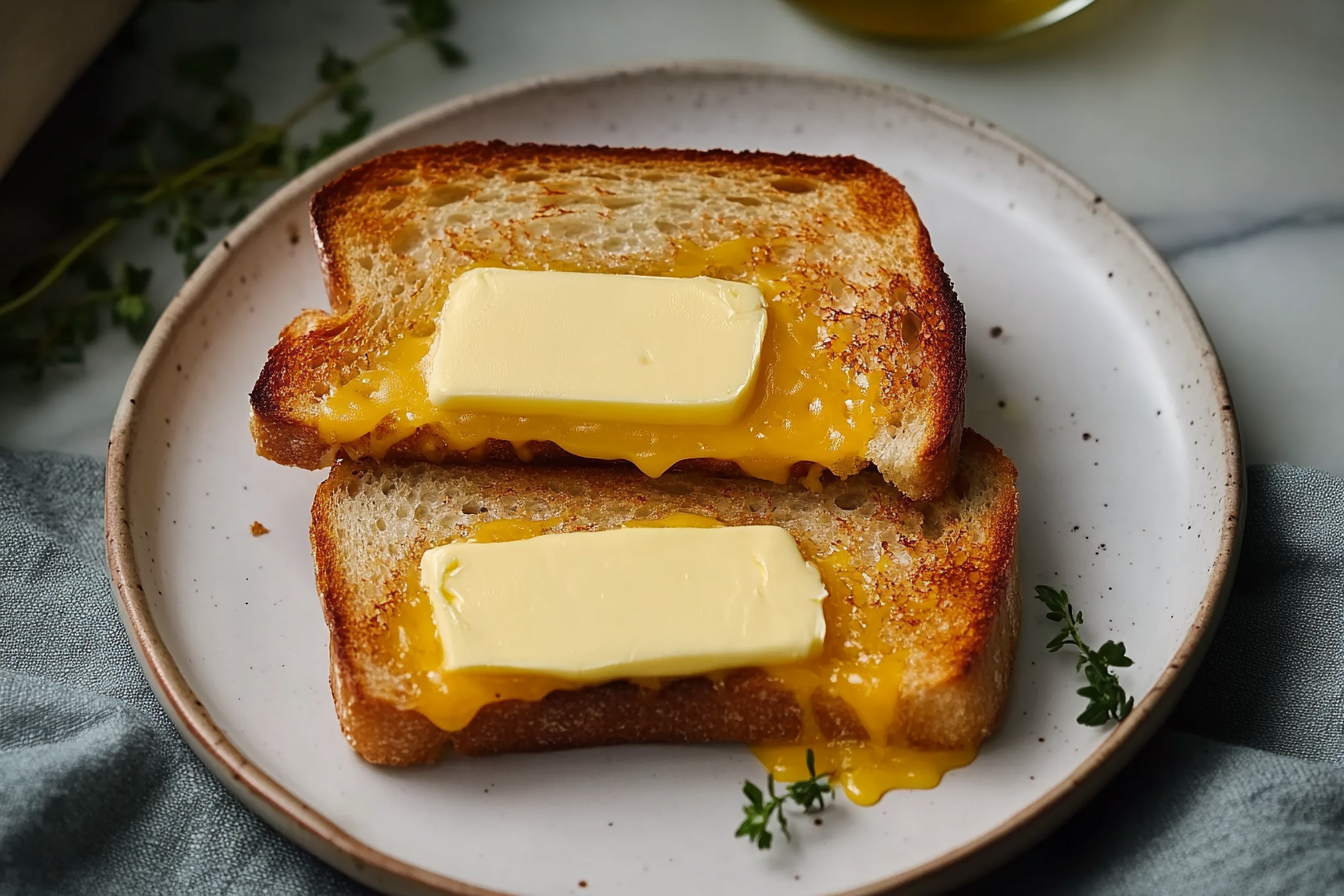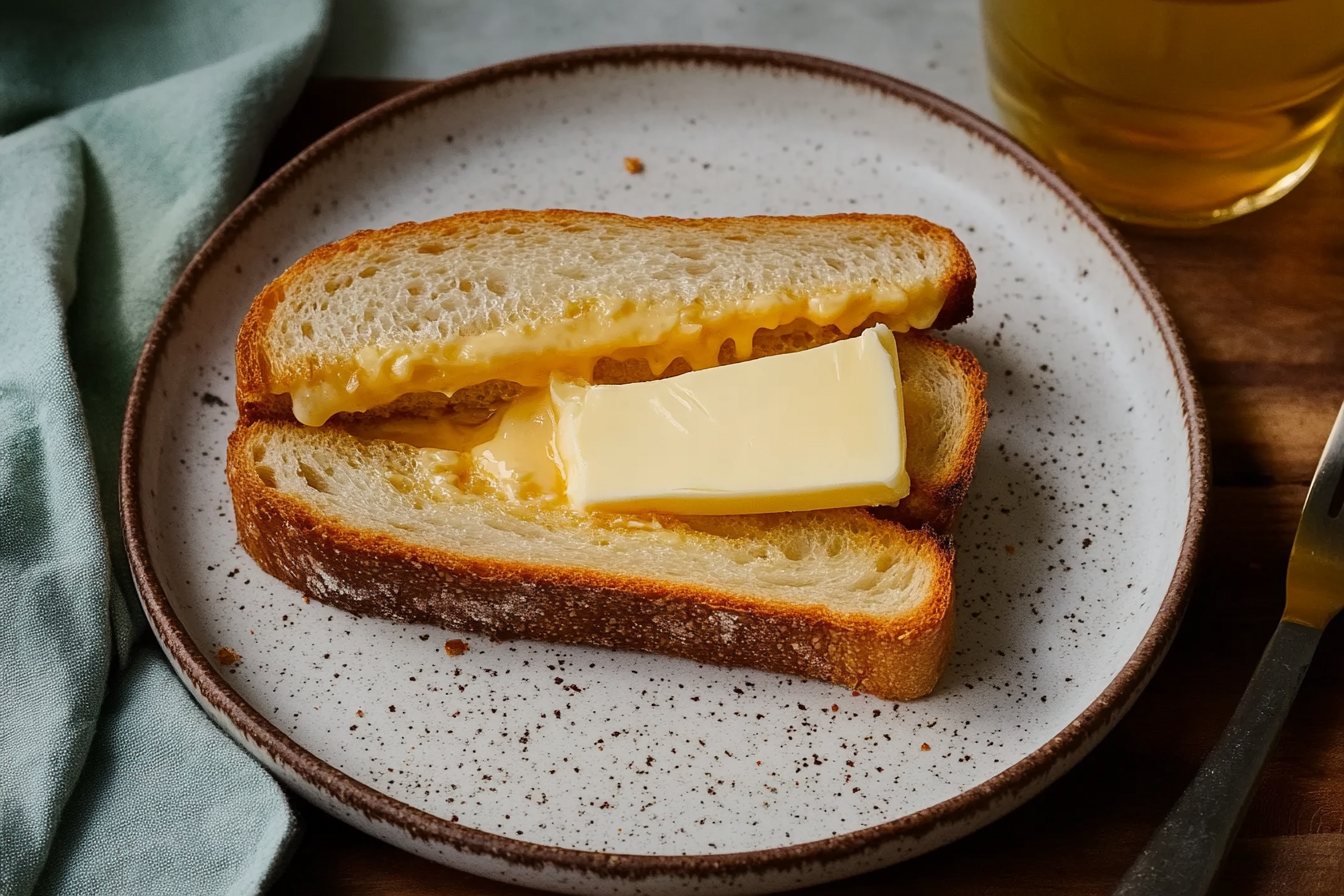Advanced Grilled Cheese Techniques
Mastering the Art of the Grilled Cheese
While the classic grilled cheese is a simple pleasure, there are advanced techniques to elevate it. The choice of cheese is crucial—while cheddar is a favorite, consider mixing it with Gruyère, fontina, or brie for a unique flavor. This combination can add a creamier texture and richer taste to your sandwich.
Additionally, experimenting with bread types can make a significant difference. Try using sourdough, whole grain, or ciabatta for added flavor and texture. Sourdough, in particular, provides a tangy contrast to the cheese.
Enhancing Your Grilled Cheese with Extras
Adding extra ingredients like tomato slices, bacon, or avocado can make your grilled cheese even more satisfying. For a creamy twist, you might also add a touch of mayonnaise to the outer bread before grilling. The mayo helps the bread brown more evenly, creating an extra crispy exterior.
Perfecting Your Grilled Cheese Every Time
For the best results, don’t rush the process. Allow the sandwich to cook on low heat to ensure that the cheese melts completely without burning the bread. Press the sandwich down gently with a spatula to encourage even melting and crisping. With practice, you’ll achieve the perfect balance of crispy bread and gooey cheese every time. For more advanced recipes, visit Mobolux.
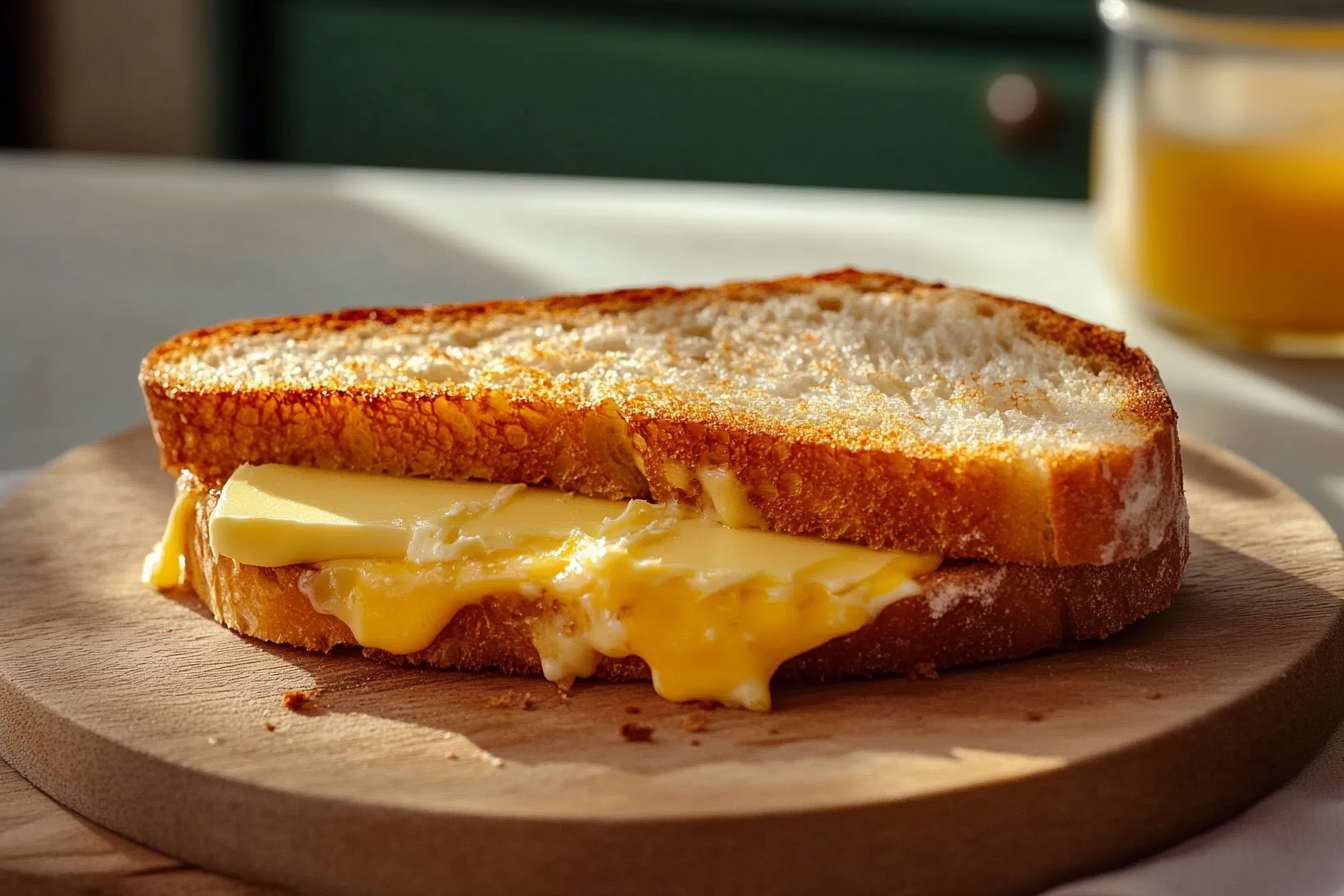
Maintenance Tips for the Perfect Grilled Cheese
Storing Leftover Grilled Cheese
If you have leftover grilled cheese sandwiches, it’s important to store them properly to maintain their texture. Wrap the sandwiches in foil or parchment paper to avoid sogginess. Store them in an airtight container in the refrigerator for up to 2 days. When ready to eat, reheat them in a skillet on low heat to restore their crispy exterior.
Reheating Your Grilled Cheese
To preserve the grilled cheese sandwich’s crispiness, reheating in a skillet or on a griddle is the best method. Heat on medium-low heat for a few minutes, flipping occasionally to ensure even warming. Avoid using a microwave as it can make the bread soggy and the cheese less melty.
Freezing Grilled Cheese
If you want to make your grilled cheese ahead of time, freezing them is a great option. After cooking, let them cool completely before wrapping them in foil or plastic wrap. Place them in a freezer-safe bag and store in the freezer for up to 1 month. When ready to eat, reheat from frozen in a skillet over low heat.
Maintaining Grilled Cheese Quality
For the best results, always use fresh bread and quality cheese. Cheddar cheese is the classic choice, but feel free to explore other varieties. Additionally, buttering the bread generously ensures a golden, crispy finish. By following these maintenance tips, your grilled cheese will stay delicious and fresh longer.
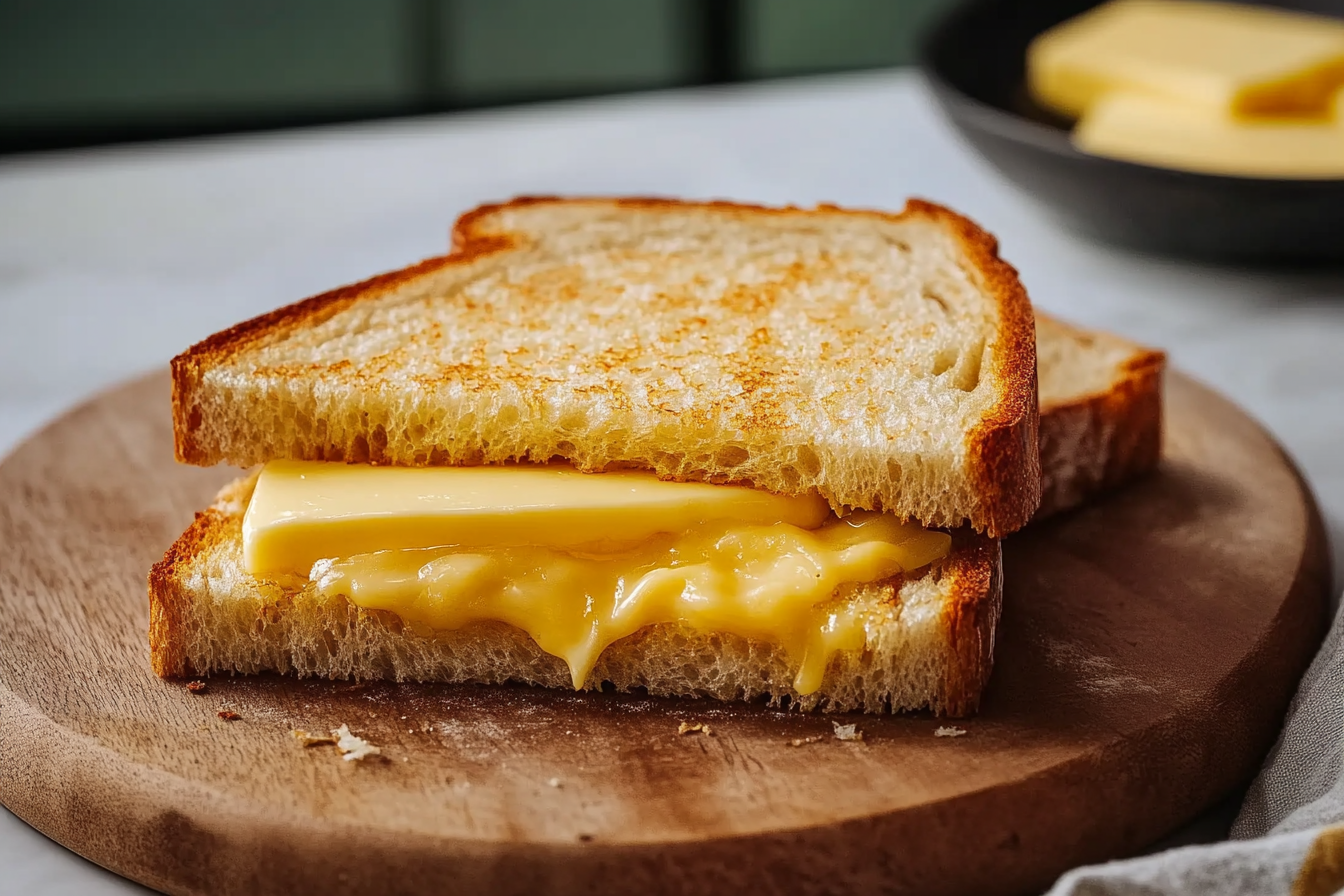
Dietary Adaptations for Grilled Cheese Sandwich
Making Your Grilled Cheese Healthier
A classic grilled cheese is delicious but can be quite rich. If you’re looking for a lighter or healthier version, consider using whole grain or gluten-free bread. These options provide additional fiber and nutrients without sacrificing taste. You can also swap out cheddar for a lighter cheese, such as mozzarella or goat cheese, which are lower in fat.
Another simple change is to use olive oil or avocado oil instead of butter. These oils offer healthier fats and can make your sandwich crispier, without the extra saturated fats found in butter.
Vegan and Dairy-Free Grilled Cheese Options
For those following a plant-based or dairy-free diet, you can still enjoy a grilled cheese sandwich. Substitute the cheddar cheese with vegan cheese, made from almond or coconut. Vegan butter or olive oil can replace regular butter, ensuring your sandwich remains creamy and delicious.
If you prefer a non-dairy cheese option, try nut-based cheese for a similar texture. For added flavor, spread a thin layer of vegan mayonnaise on the outside of the bread before grilling.
Low-Carb Grilled Cheese
If you’re following a low-carb diet, you can still enjoy a satisfying grilled cheese by using low-carb bread options. Many stores offer bread specifically designed for low-carb diets, or you can make your own at home. Another great option is to replace the bread with zucchini slices or even portobello mushrooms as a creative alternative.
With these dietary adaptations, you can customize your grilled cheese sandwich to meet your nutritional preferences without losing any of the flavor.
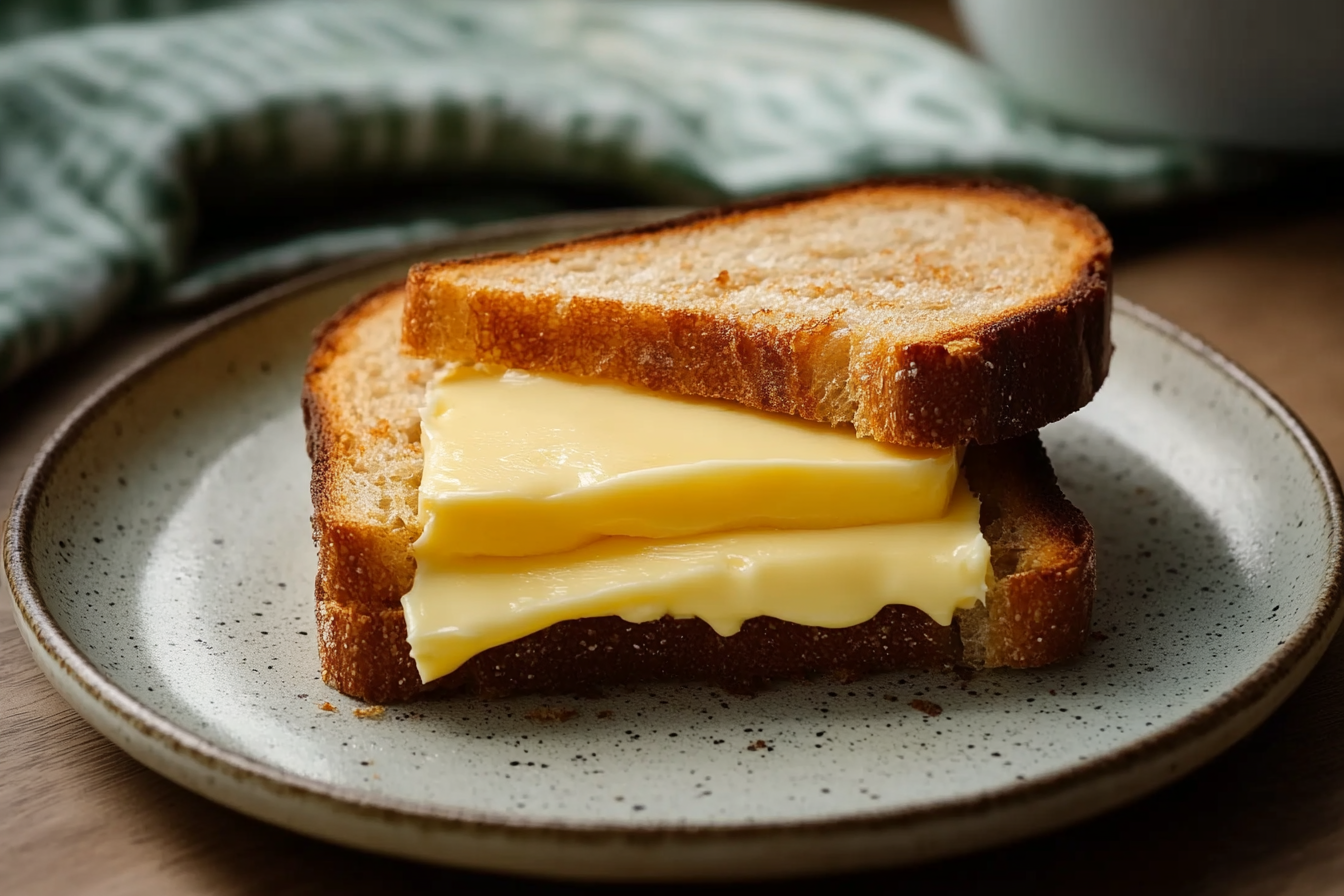
FAQs About Grilled Cheese Sandwich
What Bread Works Best for Grilled Cheese?
When making a grilled cheese, the bread you choose plays a significant role. White bread is the classic choice due to its softness and ability to crisp up nicely. However, other options like sourdough, whole wheat, or even rye can add unique flavors. The best bread depends on your personal preferences, but it should be thick enough to hold the melted cheese without falling apart.
How Do I Prevent My Grilled Cheese from Getting Soggy?
To avoid a soggy grilled cheese, it’s essential to butter the bread lightly and cook on medium heat. If you use too much butter or cook the sandwich at a high temperature, the bread can become greasy and soggy. Additionally, using cheddar cheese or other firm cheeses rather than watery varieties like mozzarella helps to maintain a crisp exterior.
Can I Make a Grilled Cheese Ahead of Time?
While grilled cheese sandwiches are best enjoyed fresh, you can prepare them ahead of time. If you plan to store them, wrap the sandwiches tightly in foil and refrigerate. To reheat, simply toast them in a pan over low heat. This method will help keep the bread crispy while melting the cheese again.
How Do I Make a Vegan Grilled Cheese?
To make a vegan grilled cheese, simply substitute dairy butter and cheese with plant-based options. Use vegan butter and dairy-free cheese varieties made from almonds, soy, or coconut. The sandwich will still have a rich, creamy texture, and the same crispy exterior, but without any dairy.
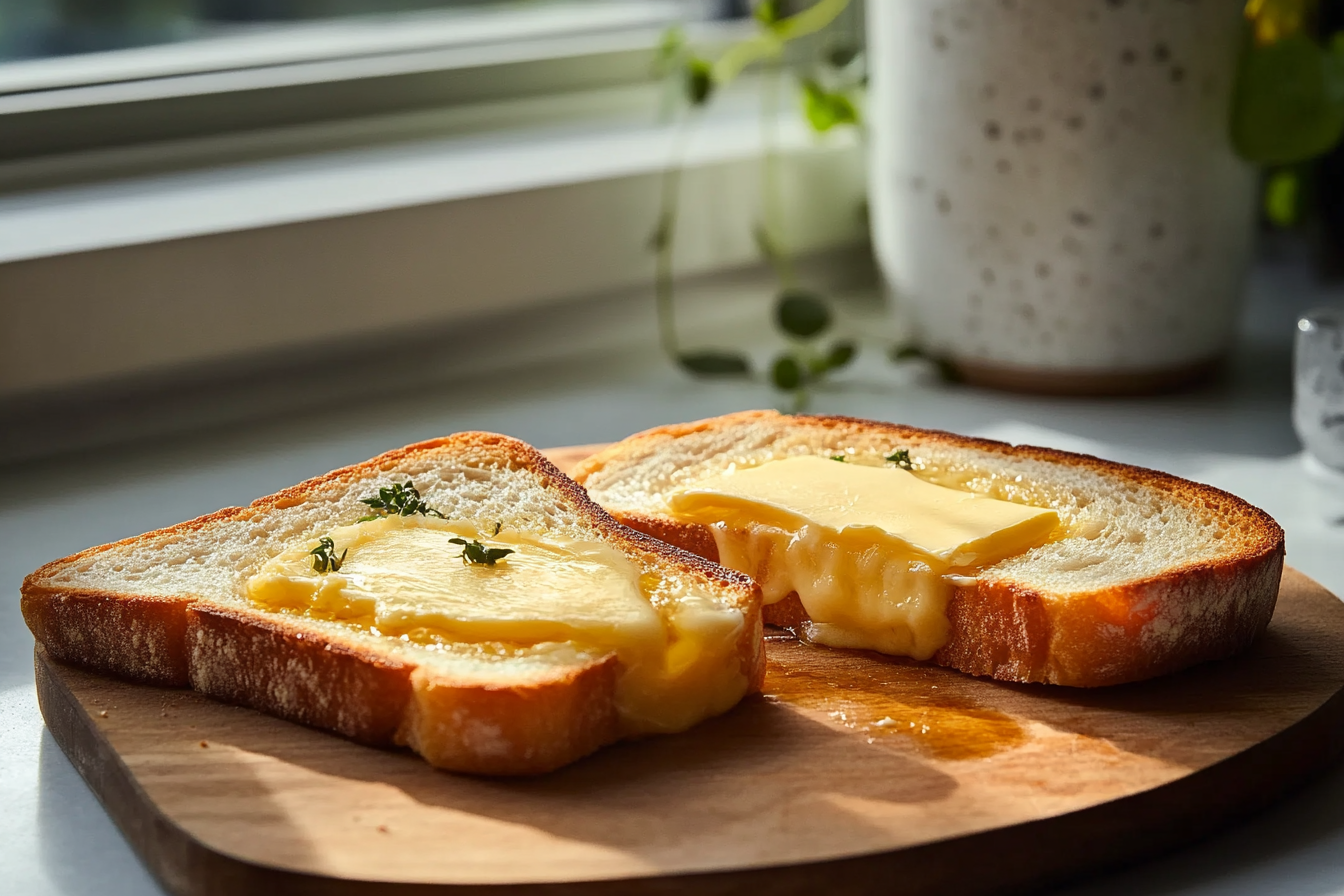
Conclusion: Perfecting Your Grilled Cheese
Achieving the Ideal Grilled Cheese
A grilled cheese sandwich is simple yet satisfying, and with a few key techniques, you can perfect it every time. The key is to focus on balancing the crispy exterior with a gooey, melted interior. By using quality bread and cheese, as well as adjusting the heat, you can elevate this classic dish.
Experimenting with Variations
One of the joys of the grilled cheese sandwich is its versatility. You can experiment with different types of bread, such as sourdough or rye, and try various cheeses like Gruyère or brie to create unique flavors. Add toppings like tomato slices, avocado, or even bacon to make it even more exciting.
Mastering Your Grilled Cheese Recipe
To master your grilled cheese recipe, remember to take your time and avoid rushing the process. Patience is key to achieving the perfect balance of crispy bread and melted cheese. Whether you’re making it for breakfast, lunch, or dinner, the right technique will ensure every bite is delicious.
With these tips and tricks, you can confidently create a grilled cheese sandwich that’s a crowd-pleaser. Keep experimenting and refining until you find your perfect combination of flavors and textures.
